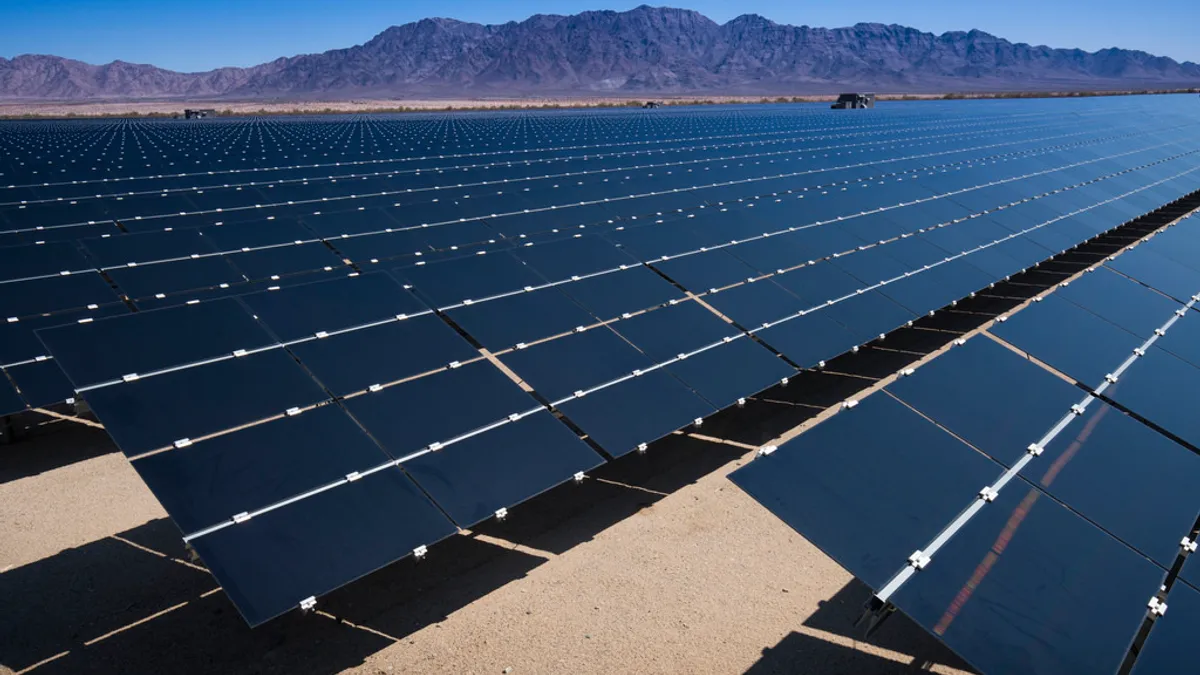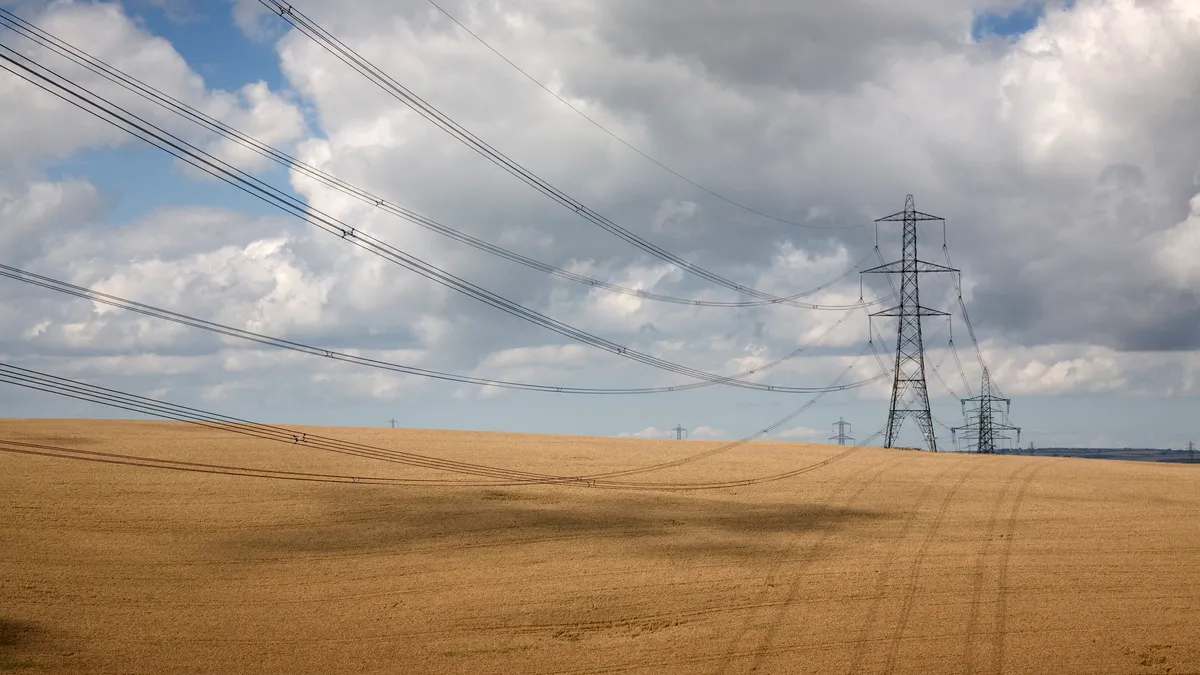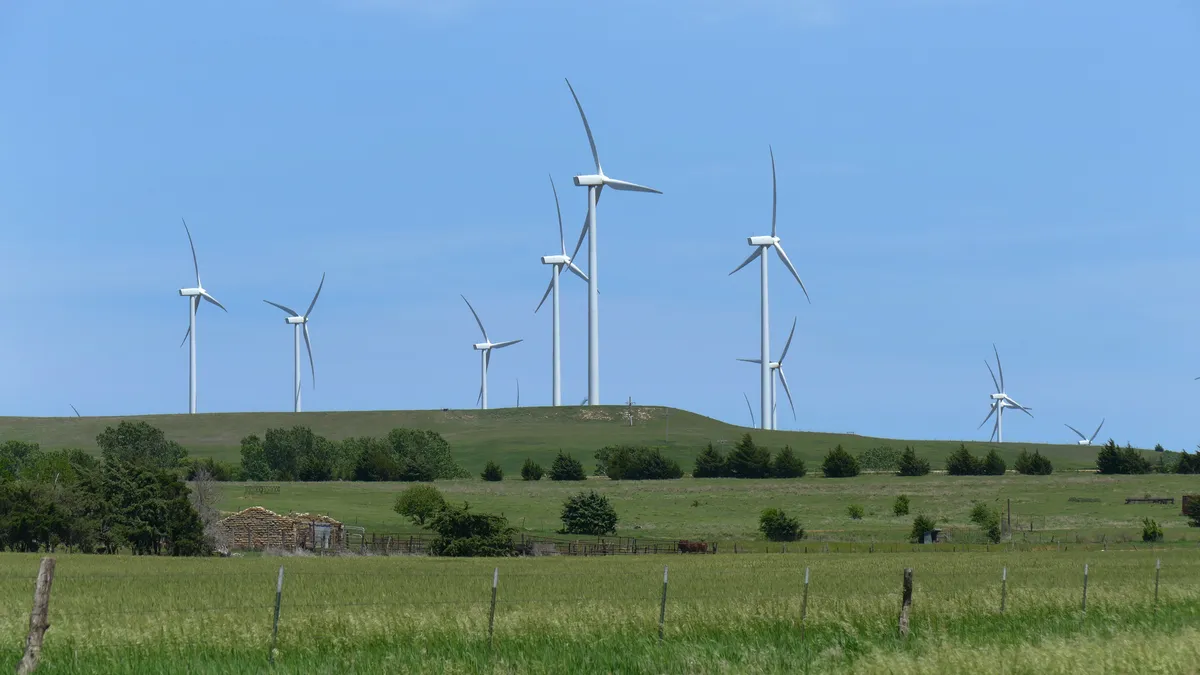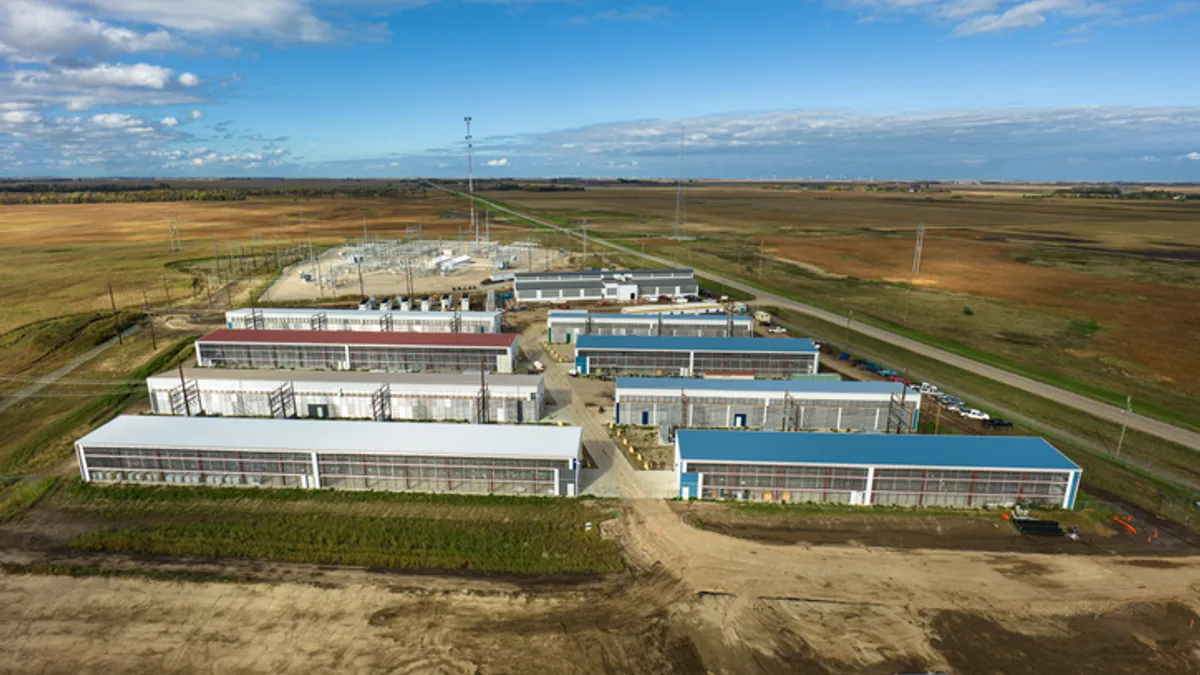The following is a contributed article by Craig Lewis, Executive Director at Clean Coalition.
Since 2017, Pacific Gas & Electric (PG&E), California's largest utility, has racked up more than $30 billion in liabilities for wildfire-related damages caused by its equipment. In January 2019, PG&E filed for Chapter 11 bankruptcy protection with the goal of shedding these liabilities.
This grave situation also represents a golden opportunity for the Golden State.
Experts have been weighing in on what should become of PG&E. Ideas include making PG&E a public authority controlled by the state, breaking it up into municipal utilities, and making it a fully deregulated utility.
But there's a better solution, one that should be applied to all the state's investor-owned utilities (IOUs): require the utilities to divest their transmission assets. This solution avoids another utility bailout, protects utility customers from rate increases and wildfire risks, and fixes a major obstacle to California's zero-emission, clean energy future.
A broken business model
The current utility business model is fundamentally broken and needs to change. IOUs now earn a guaranteed rate of return on infrastructure investments, which incentivizes them to build more transmission infrastructure and has led to out-of-control transmission costs around the country.
Because transmission costs are the fastest-growing part of electricity bills, it could soon cost more to deliver energy than to generate it. And it's worse than it looks.
The capital costs of transmission infrastructure, high as they are, represent a fraction of total transmission costs. Operations and maintenance (O&M) and returns on investments drive up transmission costs significantly over the life of these assets, with those excessive costs borne by ratepayers.
In California, the way consumers are charged for the transmission system is also broken. Currently, all energy in California's IOU territory is subject to Transmission Access Charges (TAC), whether or not that energy actually travels over the transmission grid.
Generating energy closer to where we use it means less transmission infrastructure is needed, which lowers costs for ratepayers by avoiding expensive transmission lines. In contrast, continuing with business as usual will cost Californians an estimated $60 billion in avoidable transmission costs over the next 20 years.
Transmission costs are already at 3 cents per kilowatt-hour (kWh) in California and could double in the next two decades. In IOU service territories (unlike for municipal utilities), where the utilities have a major conflict of interest in owning both the distribution and the transmission grid, clean local energy is being burdened with these costs — currently up to 50% of total project costs — even though it's not using the transmission grid.
This major market distortion makes clean local energy projects look much more expensive than they really are, with the result that far fewer of those projects are deployed.
With this costly transmission infrastructure also sparking wildfires, the current inefficient transmission system has become a burden to both ratepayers and the utilities, with that burden staged to increase.
A fix that benefits everyone: Distribution System Operators (DSOs)
How do we remove the IOUs' incentive to build more transmission while allowing them to stay in business — and also protect consumers from increased wildfire risks and escalating power bills?
The answer can be found in PG&E's 2018 annual report.
At year-end 2018, PG&E owned nearly $77 billion in total assets. Of this, electric transmission assets accounted for nearly $13.2B, natural gas distribution facilities nearly $13.3B, and natural gas transmission and storage facilities nearly $8.3B.
By divesting its $34.7B of electric transmission and natural gas assets, PG&E could easily cover its wildfire liabilities without passing the financial burden to ratepayers.
This divestment would also eliminate a major conflict of interest at the utility between transmission and distribution grid investments, both of which it owns under the current system:
Currently, utilities make a large profit from the transmission system, which disincentivizes them from supporting clean local energy at the distribution grid level. But that very transmission system also subjects them to liabilities like PG&E is now facing.
Freed from its transmission assets, PG&E could emerge from the ashes of its wildfire liability as a Distribution System Operator (DSO). This would force the utility to become a fierce innovator focused on achieving maximum value from distributed energy resources (DER) and the distribution grid.
The utility's transmission assets could be taken over by a private company, or ownership could be assumed by the state. The California Public Utilities Commission (CPUC) could mandate a large-scale rollout of transmission safety features.
Divestment of its transmission assets would shift PG&E's focus to distributed energy resources, such as local solar, energy storage and demand response. This focus would encourage the utility to pursue innovative strategies that enhance safety and resilience, as well as support California's goal of being powered by 100% renewable energy by 2045, using local solutions.
Local renewables, which do not need the transmission grid to get energy from where it's generated to where it's used, avoid the vulnerability of transmission lines and can be used during a transmission grid outage.
Beyond PG&E
With California wildfires becoming the new normal — another severe fire season is predicted for this year — it's logical to assume that liabilities associated with these fires will continue to grow.
PG&E is requesting a $1.1 billion rate increase for 2020 to cover additional wildfire prevention and response costs; this would increase a typical residential customer's bill by 6.4%. However, ratepayer-sponsored utility bailouts will not solve this ongoing problem.
PG&E is not the only California utility in need of a change.
In the face of its own wildfire liabilities, Southern California Edison (SCE), the state's second-largest IOU, recently asked the Federal Energy Regulatory Commission (FERC) to increase its return on equity (ROE) on transmission investments from 11% to a whopping 17% — almost twice as much as the CPUC-allowed ROE on distribution investments.
SCE has a transmission asset value similar to PG&E's, which it could also divest to raise funds:
As utilities and other interested parties throughout the country search for the ideal utility business model of the future, California is poised to show the way.
Transforming the state's IOUs into DSOs will set an example for how we can reimagine the utility business model across the U.S. to create a system that works better for everyone — including for the utilities.
Now that PG&E has entered into bankruptcy, California legislators have the power to negotiate and implement transformational solutions that provide safety, local control, cost-effectiveness and resilience. A return to the status quo is a non-starter given the ongoing wildfire risk.
This is the perfect moment to create a separation between the transmission grid and the distribution grid, and force IOUs to divest their transmission assets and become DSOs.
We have the technological solutions we need to move toward the safe, reliable grid the IOUs are obligated to provide, while accelerating the transition to the clean energy future we need. It's up to California legislators and regulators to enable this future.






















